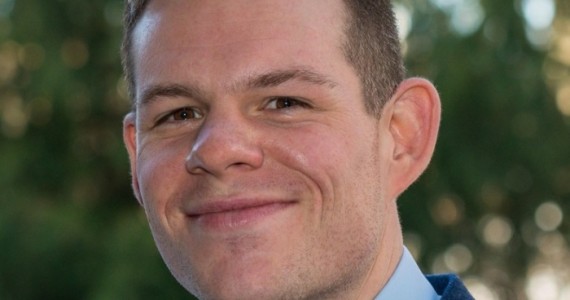Sponsored Listings:
Restructuring SAA is likely to cost taxpayers another R21bn (€1bn), according to a draft business rescue plan leaked to the media on today (June 1).
The draft, prepared by SAA Business Rescue Practitioners Les Matuson and Siviwe Dongwana, proposes that government would have to inject another R2bn (€103m) in working capital for a restructured, state-owned airline, as well as R2bn to fund the retrenchment of employees, R16.4bn (€844m) to pay off lenders and at least R600m (€31m) to refund general concurrent creditors.
The BRPs have confirmed they have issued the draft plan to creditors, employees’ committees and the Department of Public Enterprises for comment and consultation; and that they have received an extension for its final publication to June 8. Responding to the media leak, they stressed the plan had “not received agreement or comment from any of the relevant affected persons”. “We will not comment on the leaked draft to the media and will await input from the affected parties as is prescribed by the Companies Act. To assume and comment on this draft as if it is the final version would be very irresponsible. The practitioners will endeavour to publish the final business rescue plan as soon as they are in the position to do so and will update creditors on the process of the development of the plan.”
According to the draft plan, business rescue would be cheaper than liquidating SAA, as many jobs would be saved and general creditors would receive a concurrent dividend, as opposed to nothing in the case of liquidation.
The following steps are being proposed: government would incorporate and capacitate an entirely new state-owned holding company, ‘NewHoldCo’, which would own the restructured SAA, SACC, Mango, SAA Technical and Air Chefs. Government would sell 100% of the shareholding in SAA and other subsidiaries to the NewHoldCo, and establish governance and operational structures for the whole group. The restructured airline would continue to operate as SAA.
On the topic of a strategic equity partner for SAA, the BRPs say three interested parties “are considering various arrangements that they might be interested in”. “One of the parties is not interested in being an SEP. It is, however, interested in forming an alliance agreement which would provide SAA with increased passenger volumes by being included in the network.” They point out that these engagements took place pre-COVID-19 and would be revived once the aviation industry was back on its feet.
Meanwhile, the R2bn injection in working capital would be needed to restart the airline after COVID-19-related travel bans are lifted and borders reopened. The R2bn needed to fund the retrenchment of employees (in terms of a ‘Leadership Compact Forum’ or the Section 189 process) could be deferred in consultation with employees for when “an appropriation for same is obtained or a cash injection from a Strategic Equity Partner is received, whichever comes first”. The BRPs anticipate that about 48.17% of employees will be retrenched and the terms and conditions of employment of the remaining staff will be revised.
The plan proposes that R3.5bn (€180m) in capital and R168m (€8.7m) in estimated interest will be paid back to the Development Bank of SA during the 2020/21 fiscal year. R12.7bn (€654m) (including estimated interest) owed to South African banks (pre-commencement lenders) and PCF Bank will be paid back over three years. Repayment of R600m to general creditors would happen over a three-year period commencing from resumption of full operations, or a conversion of that debt into equity in SAA at the lapse of the three-year period.
According to the draft plan, on June 27 the BRPs will file a notice of ‘substantial implementation’, thereby discharging the company from business rescue. The BRPs will then be appointed as the Receivers in order to receive the restructure proceeds; make payment to pre-commencement creditors; distribute the restructure proceeds; and make payment to the lenders. Repayments will happen in the following order: The business rescue costs (including legal costs, the costs of the advisers, operating costs and other costs associated with the BR); employees; secured PCF creditors; unsecured PCF creditors; and concurrent creditors.
The BRPs point out that the implementation of the business rescue plan depends on its approval and adoption in terms of Section 152 of the Companies Act; its approval by Government in terms of the Public Finances management Act; that an agreement is reached with the employees and trade unions; and that requisite funding is finalised by no later than June 27. They also point out that that it is impossible to reliably estimate any financial forecasts for SAA for post-COVID-19.
Source: tourismupdate.co.za










